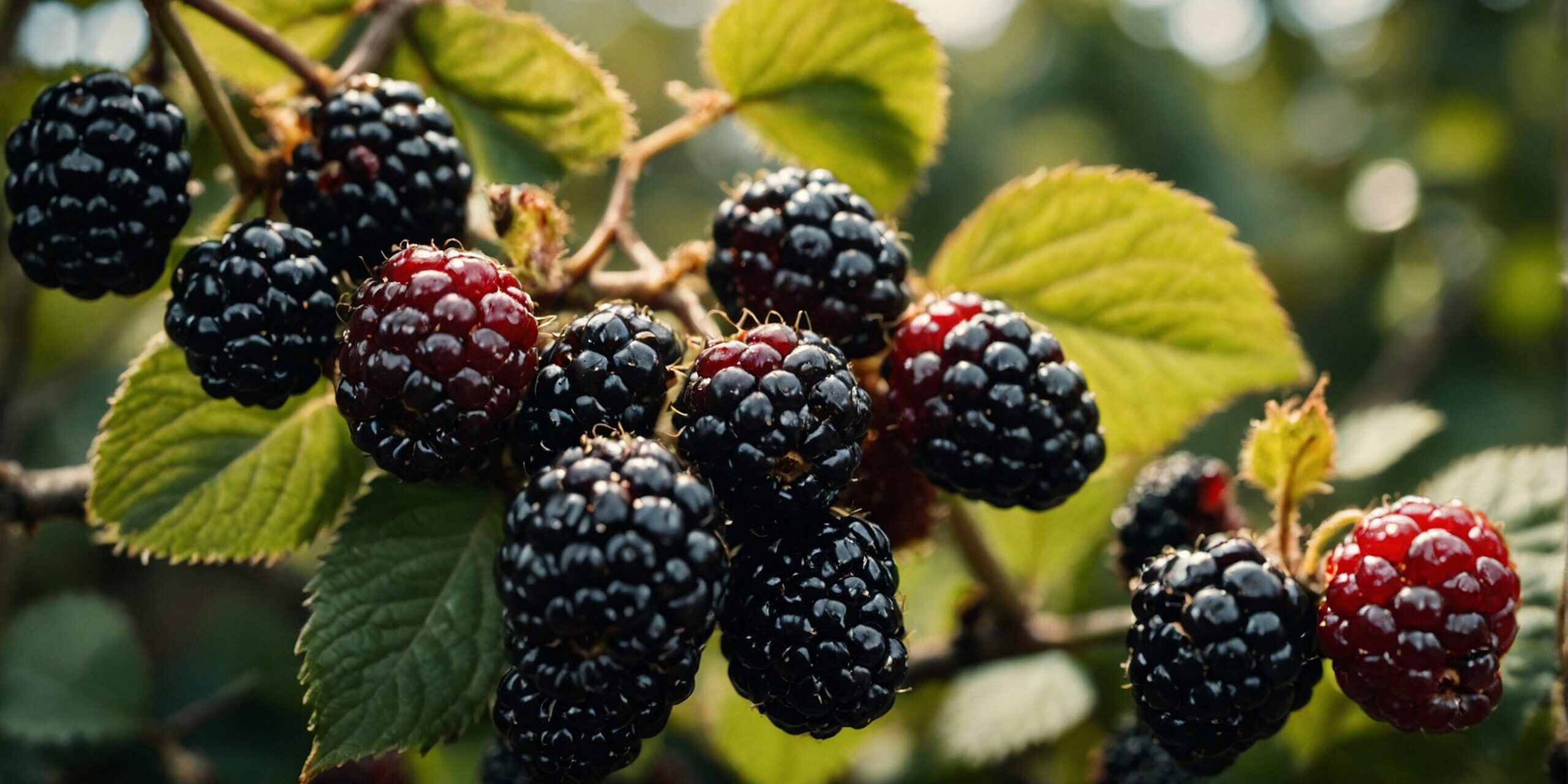
Blackberries: The Sweet Superfruit You’ve Been Overlooking
When you think of blackberries, maybe you picture a handful of juicy berries on a summer hike. But there’s so much more to these wild gems than meets the eye. Blackberries aren’t just a snack—they’re a survivalist’s secret, a healer’s treasure, and a potent reminder that some of the best medicine grows quietly in the woods, unpatented and unbothered.
Before pharmaceutical companies turned to labs, they turned to plants—and blackberries were on that list. From ancient healers to wartime foragers, generations have relied on this fruit for more than flavor. Whether it’s the vitamin-packed berries, the anti-inflammatory leaves, or the immune-boosting roots, every part of the blackberry has a story—and a purpose.
Let’s uncover it.
Blackberries Benefits
It’s no exaggeration to call blackberries a nutritional powerhouse, but they’re also a stealthy healer hiding in plain sight. Here’s what this plant brings to the table:
- High in antioxidants, especially anthocyanins, which fight cellular damage and inflammation.
- Rich in vitamins C, K, and manganese—vital for immunity, bone strength, and wound healing.
- Supports digestion thanks to a high fiber content.
- Tannins in the leaves and roots make them useful in treating diarrhea, mouth ulcers, and sore throats.
- Anti-inflammatory and astringent, perfect for natural skin and wound care.
- Blood sugar balancing properties—a forgotten remedy for modern imbalances.
Blackberries have long been used in folk medicine for cleansing the blood, soothing menstrual cramps, and even helping with joint pain. Some traditional healers boiled the leaves to make a mouth rinse for gum infections, while others used the root to stop dysentery in its tracks.
If modern medicine ever becomes unavailable (or untrustworthy), blackberries are a safe, reliable fallback already waiting in your hedgerow.
Types of Blackberries
Not all blackberries are created equal—and knowing the difference can help you harvest smarter, grow better, and use the right kind for your remedies. There are hundreds of blackberry species and hybrids, but they generally fall into three main types:
- Erect Blackberries – These varieties grow upright and don’t need trellising. They have sturdier canes, often with stronger medicinal roots and leaves. Wild blackberries usually fall into this category and are the most potent for herbal use.
- Trailing Blackberries – These sprawl across the ground and need support to climb. The berries tend to be larger and juicier, but the plants are more delicate and prone to frost damage. You’ll find these more commonly in the wild Pacific Northwest.
- Semi-Erect (Thornless) Blackberries – Often cultivated, these hybrids are bred for easy picking and sweeter fruit. While more convenient, they can have weaker medicinal properties, especially in the leaves and roots, due to genetic tampering and commercial crossbreeding.
Some popular varieties include:
- ‘Marionberry’ – A hybrid with rich flavor, ideal for preserves.
- ‘Chester’ – A thornless cultivar with excellent disease resistance.
- ‘Himalaya’ – An invasive but potent wild type found on the West Coast.
- ‘Navaho’ – Upright and high-yielding, with firm fruit and strong leaves.
When foraging or growing for herbal use, choose heirloom or wild varieties whenever possible. The more a plant has been left alone by human hands, the more it retains its natural strength—and the deeper its healing runs.
How to Identify Blackberries in the Wild
Blackberries (Rubus fruticosus) are one of the most widespread edible wild plants in North America and Europe. But don’t let that make you careless—misidentifying can be dangerous.
Here’s what to look for:
- Thorny canes (though some cultivated varieties are thornless)
- Leaves in clusters of 3 to 5, serrated edges, and hairy undersides
- White or pale pink flowers with five petals, blooming late spring
- Clusters of small drupelets forming the blackberry fruit
- Fruits start red, turn deep purple-black when ripe
- Arching, vine-like stems that can root when touching the ground
Look for them growing along trails, field edges, forests, and roadsides. They love sunlight and often sprawl aggressively once established.
When to Forage for Blackberries
Timing is everything in nature.
- Flowers begin blooming in late spring, signaling the start of the growing season.
- Unripe fruit appears in early summer, gradually developing through the warm months.
- Peak berry season runs from late summer into early fall, typically from July to September, though this can vary based on your region.
In the Pacific Northwest and western US, blackberries thrive due to the region’s mild, wet winters and warm summers. These conditions create an ideal environment for vigorous growth, especially for invasive wild brambles that can quickly dominate landscapes. In these areas, the growing season may start earlier and extend longer, with some berries ripening well into October.
Late winter is a crucial time for blackberry growers in colder climates. This period is when gardeners perform late winter pruning to remove dead floricanes—the old fruiting canes that have completed their life cycle. Pruning encourages healthy growth of new canes in the upcoming season and helps prevent disease. For erect blackberries and semi-erect blackberries, this pruning often involves cutting back canes to promote branching and better fruit production.
In early spring, new shoots emerge from the crown and roots, marking the first year of cane growth, known as primocanes. These primocanes will develop leaves and later form flower buds. Some varieties, especially primocane-fruiting types, can even produce flowers and a fall crop on the new canes, a practice called double cropping.
When you pick blackberries, look for berries that have turned a rich, bright red before fully ripening to the familiar deep black color. This color change signals the progression of ripeness and sugar development. Berries that are still green or red are not yet sweet or fully potent.
In home gardens, especially in full sun locations with well-drained soil, gardeners often use a two-wire system trellis with a top wire to support long canes of trailing or semi-erect blackberries. This support system helps manage the sprawling growth habit and makes harvesting easier.
Blackberries are part of the rose family and are closely related to other berries like red raspberry plants. However, unlike raspberries, blackberries retain the core or receptacle when picked, contributing to their juicy texture.
Understanding the timing and regional differences in blackberry growth helps both foragers and gardeners maximize their harvest and enjoy the full benefits of this versatile bramble fruit throughout the growing season.
How to Forage for Blackberries Safely
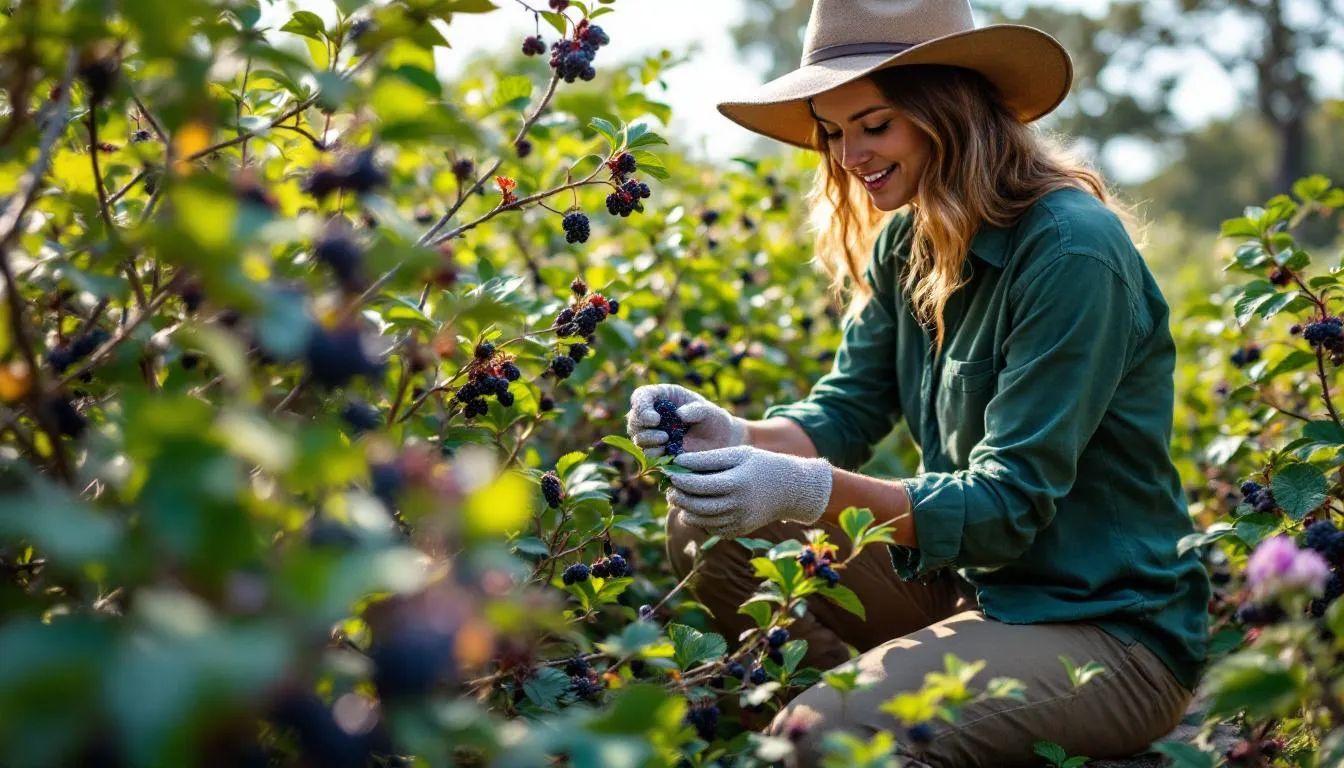
- Avoid roadsides where plants are exposed to pollutants and chemicals.
- Wear gloves and long sleeves—those thorns are unforgiving.
- Always harvest ethically: take no more than ⅓ of what you find.
- Bring a container that won’t crush the fruit. A shallow basket is best.
- If using the leaves or root, always identify with 100% certainty and never harvest the entire plant—take only what you need.
Don’t ignore the leaves or roots—they’re as useful as the fresh fruits. Dry leaves for tea, and prepare the roots as decoctions for diarrhea or chronic inflammation.
When foraging, be mindful of the environment. Avoid trampling surrounding plants and try to leave the area as natural as possible. Harvesting sustainably ensures that the blackberry plants continue to thrive year after year, providing food and medicine to both wildlife and humans alike.
Additionally, as extra good advice, be aware of local regulations regarding wild plant harvesting, as some areas may have restrictions to protect native species and habitats. It’s also a good idea to familiarize yourself with potential look-alike plants that can be toxic, so you can confidently and safely enjoy your foraging experience.
By following these guidelines, you not only protect yourself but also contribute to the conservation of these valuable natural resources, ensuring that blackberries remain a plentiful and accessible part of our natural heritage.
Plants That Look Similar to Blackberries
| Plant | Similarities | Key Differences |
| Black Raspberry | Similar fruit shape and cane structure | Raspberry fruits have a hollow core; blackberries do not |
| Dewberry | Thorny vines, similar leaf and fruit | Dewberries grow closer to the ground and ripen earlier |
| Poison Ivy | 3-leaf clusters | No thorns, no berries; avoid at all costs |
| Wineberry | Red hairy stems, blackberry-like fruit | Stems covered in red fuzz; berries are glossy and sticky |
| Nightshade (Deadly) | Berry clusters that may look dark and shiny | Smooth, non-thorny plant; berries grow singly or in small clusters |
When in doubt, don’t consume.
Which Parts Are Used Medicinally?
 The Actual Berries
The Actual Berries
Rich in nutrients, antioxidants, and immune support, the blackberry fruit is an edible fruit known for its deep purple-black color and sweet flavor. These berries are not only delicious but also packed with vitamins like vitamin C and fiber, which support cardiovascular disease prevention and overall health.
Leaves
Astringent and anti-inflammatory, blackberry leaves contain tannins that provide antiviral properties and are excellent for making soothing teas. These leaves have traditionally been used to treat sore throats, mouth ulcers, and digestive issues, offering a natural remedy with astringent qualities.
Roots
Traditionally boiled for diarrhea, dysentery, or inflammation, the roots of blackberries have been valued for their medicinal properties. Their antiviral properties contribute to their use in folk medicine, and they can be prepared as decoctions to help with internal ailments. Just do not take the weeds with you too.
Stems
Sometimes used in poultices or compresses in folk medicine, the stems can also help in wound healing due to their anti-inflammatory effects.
Each part of the plant plays a role in health. While the berries nourish the body, the leaves and roots provide deeper healing when illness strikes. The blackberry plant, a member of the genus Rubus within the rose family, is cold hardy and thrives in various climates, including regions where trailing blackberries and erect blackberries flourish. Managing weeds around blackberry plants and encouraging branching through proper pruning of fruiting floricanes can improve fruit production and yield, especially in home gardens utilizing thornless varieties for easier harvesting.*
When Do Blackberries Produce Fruit?
Blackberries are typically in season from mid-summer through early fall, with some regions seeing ripe fruit as early as late June and others stretching into October.
Your foraging window depends on your zone, so get to know your region’s rhythm—and don’t wait too long once the berries start turning. Wildlife love them as much as we do.
Reclaiming Forgotten Medicine In Your Home Garden: Why This Matters Now
We’re watching our natural world be stripped, patented, and sold back to us—sterilized and weakened. But nature hasn’t forgotten us. Blackberries haven’t stopped growing, haven’t stopped healing, and certainly haven’t lost their power.
And they’re just one of the hundreds of remedies hidden in our own backyards—many of which are featured in The Forgotten Home Apothecary, a book I believe every serious herbalist, prepper, and mother should have. It’s not just a book. It’s a survival guide, a teacher, and a memory keeper of remedies they don’t want you to know.
👉 Click here to get your copy of The Forgotten Home Apothecary
Before another remedy disappears.
Frequently Asked Questions
Q: Are blackberry leaves safe to eat or make tea from?
Yes—but only if properly identified and harvested from clean, unsprayed areas. Dried leaves make an excellent tea for sore throats and digestion.
Q: Can I grow blackberries at home?
Absolutely. They’re hardy, resilient, and grow well in most climates. Just give them sun and space—they spread fast.
Q: Are blackberries good for kids?
Yes, the berries are rich in vitamins and antioxidants and many kids love blackberry juice. Leaf tea can also help with mild diarrhea or oral sores, in child-safe doses.
Q: What’s the best way to preserve blackberries?
Drying or freezing. They spoil fast, so preserve within 24–48 hours of harvesting. You can also make tinctures, jams, or vinegars.
Q: Is it safe to eat blackberries raw from the wild?
Yes, as long as you are 100% sure of the identification and the area is free from pesticides and pollutants. But you might want to try some pies too cause they are fantastically good.
Q: How do I store fresh blackberries to keep them from spoiling?
Store fresh blackberries in a shallow container lined with paper towels in the refrigerator. Avoid washing them until just before use to prevent moisture buildup, which can cause mold. They typically last 2-3 days when properly stored.
Q: Can blackberries be grown indoors or in containers?
Yes, blackberries can be grown in large containers or pots with good drainage and plenty of sunlight. Choose compact or dwarf varieties, provide support for canes, and ensure regular watering and fertilization for best results.
Q: What pests or diseases should I watch for when growing blackberries?
Common pests include spotted wing drosophila, Japanese beetles, and aphids. Diseases such as cane blight, anthracnose, and rust can affect plants. Proper pruning, sanitation, and monitoring can help manage these issues effectively.
You May Also Like:
 The #1 WORST Fruit For Your Gut & Energy
The #1 WORST Fruit For Your Gut & Energy
Discover The Most Effective Natural Antibiotic Growing In Your Backyard (Video)
Native American Remedies That We Lost to History






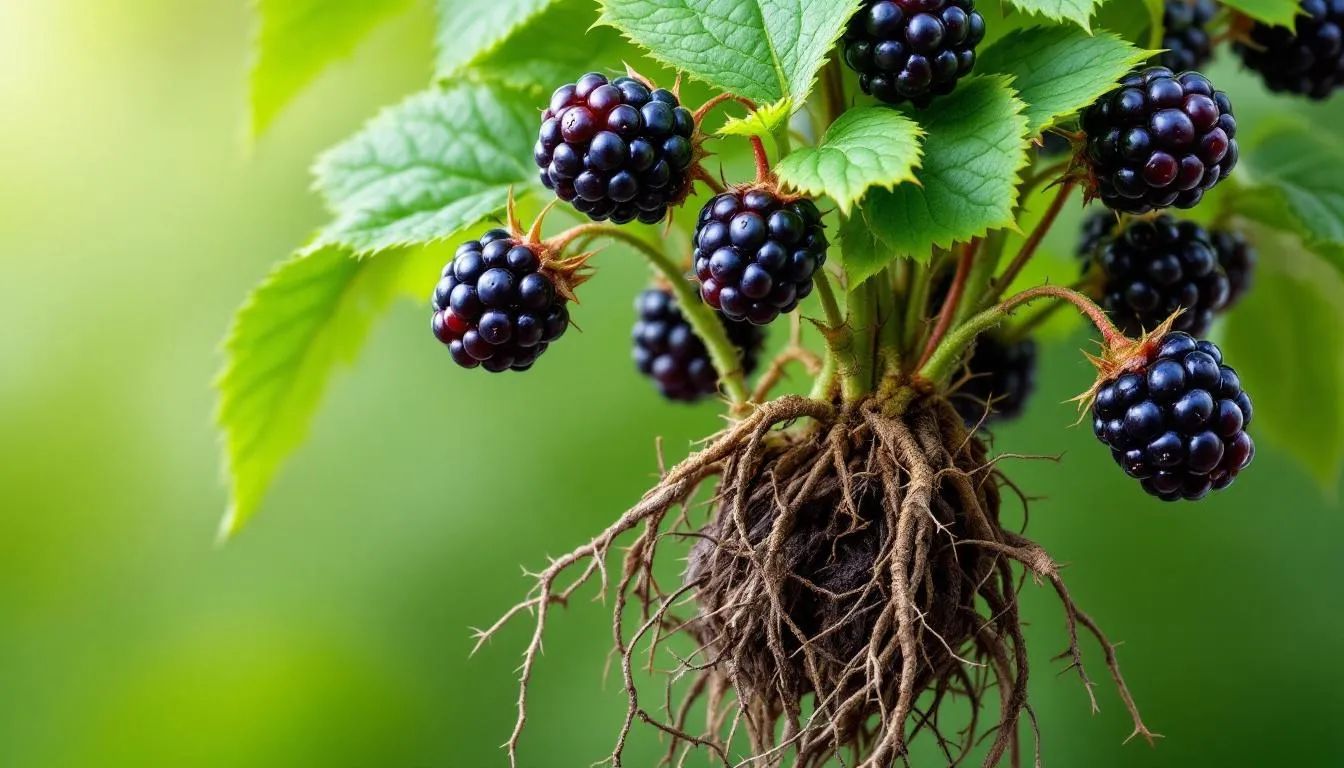 The Actual Berries
The Actual Berries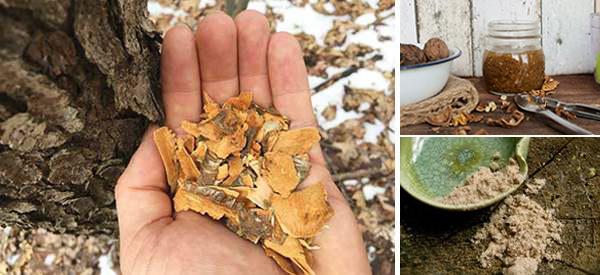
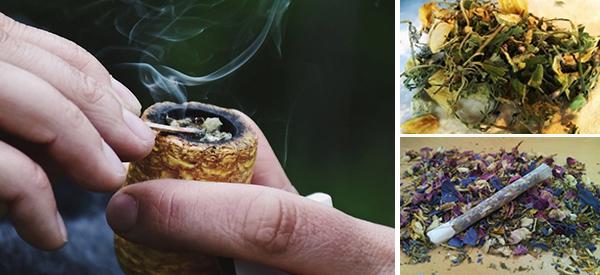
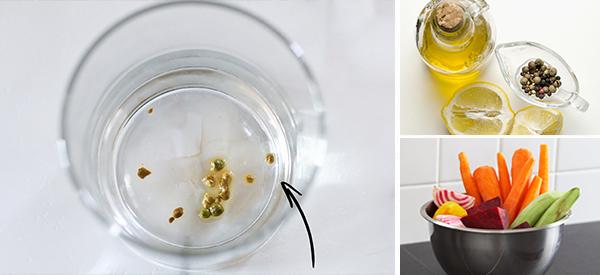
i just love these!! didn’t knew it had so many health benefits tho